Table of content
Cooking glutinous rice, also known as sticky rice or sweet rice, can be an enchanting culinary experience that transforms this unique grain into a versatile ingredient for various dishes ranging from sweet desserts to savory main courses. Unlike regular rice, glutinous rice has a higher starch content, which gives it its sticky texture when cooked properly. However, achieving the perfect consistency can be challenging for those unfamiliar with its specific cooking requirements. This comprehensive guide aims to demystify the process and provide you with step-by-step instructions, tips, and tricks to ensure your glutinous rice turns out fluffy, sticky, and delicious every time.
Understanding Glutinous Rice
Before diving into the cooking process, it’s crucial to understand what sets glutinous rice apart from other types of rice. The term “glutinous” might mislead some to believe it contains gluten, but this is not the case. Instead, glutinous rice gets its name from the high amylopectin content, a type of starch that forms a gel when cooked, creating the sticky texture. This characteristic makes glutinous rice ideal for dishes like mochi, sticky rice balls, and various desserts where stickiness is desired.
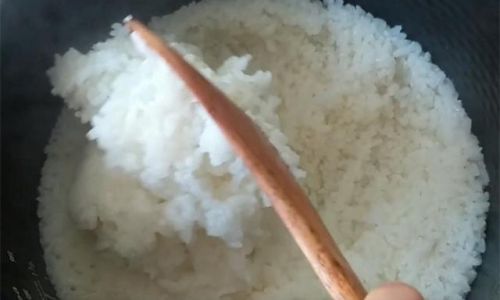
Selecting the Right Rice
The first step in cooking glutinous rice is selecting high-quality grains. Look for rice that is fresh, has a uniform color, and feels heavy for its size. Old or stale rice may not cook as well, resulting in a less desirable texture. There are several varieties of glutinous rice available, including short-grain, medium-grain, and long-grain. Short-grain glutinous rice is particularly sticky and is often used in Asian desserts, while long-grain varieties can still be sticky but have a slightly firmer texture, suitable for savory dishes.
Preparation Before Cooking
-
Rinsing: Begin by rinsing the glutinous rice under cold running water until the water runs clear. This removes any surface starch and impurities, preventing the rice from becoming overly sticky or gummy during cooking.
-
Soaking: Soaking glutinous rice before cooking can significantly improve its texture and cooking time. Soak the rinsed rice in enough cold water to cover it by at least an inch. The soaking time can vary from 2 to 4 hours, or even overnight for best results. Soaking helps the grains absorb water evenly, making them easier to cook and ensuring a more tender, fluffy texture.
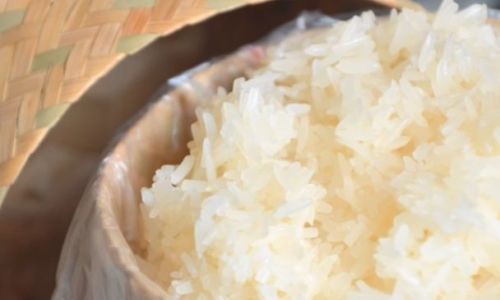
-
Draining: Once soaked, drain the rice thoroughly to remove excess water. Use a colander or fine-mesh strainer and let it sit for a few minutes to ensure all the water is removed.
Cooking Methods
There are several methods to cook glutinous rice, each with its own set of instructions and suitable for different recipes. Here are the most common methods:
Stovetop Method
-
Boiling Water Method:
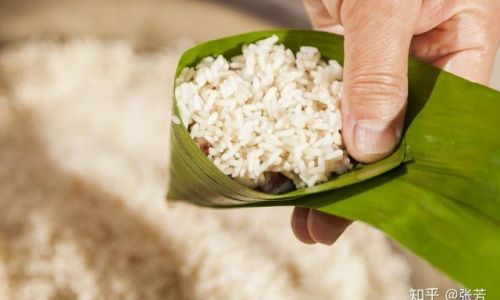
- Bring a large pot of water to a boil. The ratio of water to rice can vary, but a good starting point is 1.5 to 2 cups of water per cup of soaked glutinous rice.
- Add the drained rice to the boiling water, stirring gently to prevent sticking.
- Reduce the heat to low, cover the pot, and simmer for about 20-30 minutes, or until the rice is tender and the water is mostly absorbed.
- Remove the pot from heat and let it sit, covered, for an additional 5-10 minutes to allow the rice to finish absorbing any remaining moisture.
-
Steaming Method:
- Fill a steamer pot with water and bring it to a boil.
- Place the drained glutinous rice in a heatproof bowl or steaming basket lined with cheesecloth or parchment paper to prevent sticking.
- Cover the steamer and steam the rice for about 30-45 minutes, or until tender. Check the water level occasionally to ensure it doesn’t dry out.
- Remove the rice from the steamer and let it sit, covered, for a few minutes before fluffing with a fork.
Oven Method
- Preheat your oven to 350°F (175°C).
- Spread the drained glutinous rice in a baking dish, adding just enough water to barely cover the bottom of the dish (about 1/4 cup per cup of rice).
- Cover the dish tightly with aluminum foil or a lid.
- Bake for about 45-60 minutes, or until the rice is tender and has absorbed most of the water.
- Remove from the oven and let it sit, covered, for 10 minutes before fluffing.
Rice Cooker Method
- Most modern rice cookers have a setting specifically for glutinous rice or a “sticky rice” function.
- Follow the manufacturer’s instructions, but generally, you’ll add the drained rice and the recommended amount of water (usually slightly less than for regular rice).
- Start the rice cooker and let it do its job. Once it switches to the “keep warm” setting, allow the rice to sit for an additional 10 minutes before fluffing with a fork.
Post-Cooking Tips
- Fluffing: After cooking, use a fork to gently fluff the rice to separate the grains and prevent clumping.
- Storing: If you’re not using the cooked rice immediately, store it in an airtight container. It can be kept at room temperature for a few hours or refrigerated for up to a few days. To reheat, steam or microwave until warm.
- Using Leftovers: Leftover glutinous rice can be used in fried rice dishes, desserts, or as a base for stuffed dishes.
Troubleshooting Common Issues
- Sticky and Gummy Rice: This often happens when too much water is used or the rice is overcooked. Adjust the water ratio and cooking time accordingly.
- Hard or Crusty Rice: Undercooked rice can be due to insufficient soaking or too little water. Ensure proper soaking and use the correct water-to-rice ratio.
- Clumping: Use a fork to fluff the rice while it’s still hot to prevent grains from sticking together.
Conclusion
Cooking glutinous rice may seem like a delicate task, but with the right techniques and understanding of its unique properties, you can achieve perfect results. Whether you’re making a traditional Asian dessert, a modern fusion dish, or simply exploring new culinary avenues, mastering the art of cooking glutinous rice will open up a world of culinary possibilities. Remember, patience, attention to detail, and a bit of practice are key to unlocking the full potential of this versatile and delicious grain. Happy cooking!
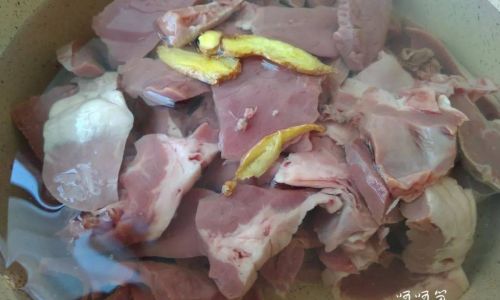
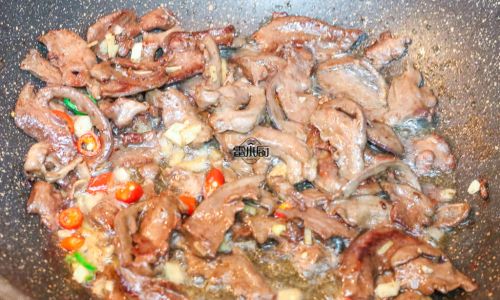
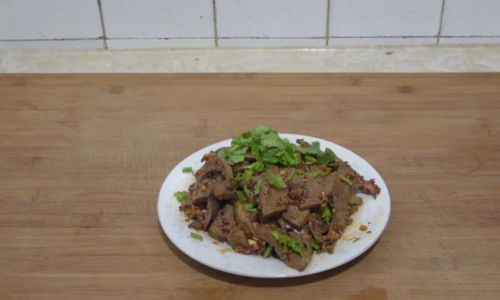



0 comments